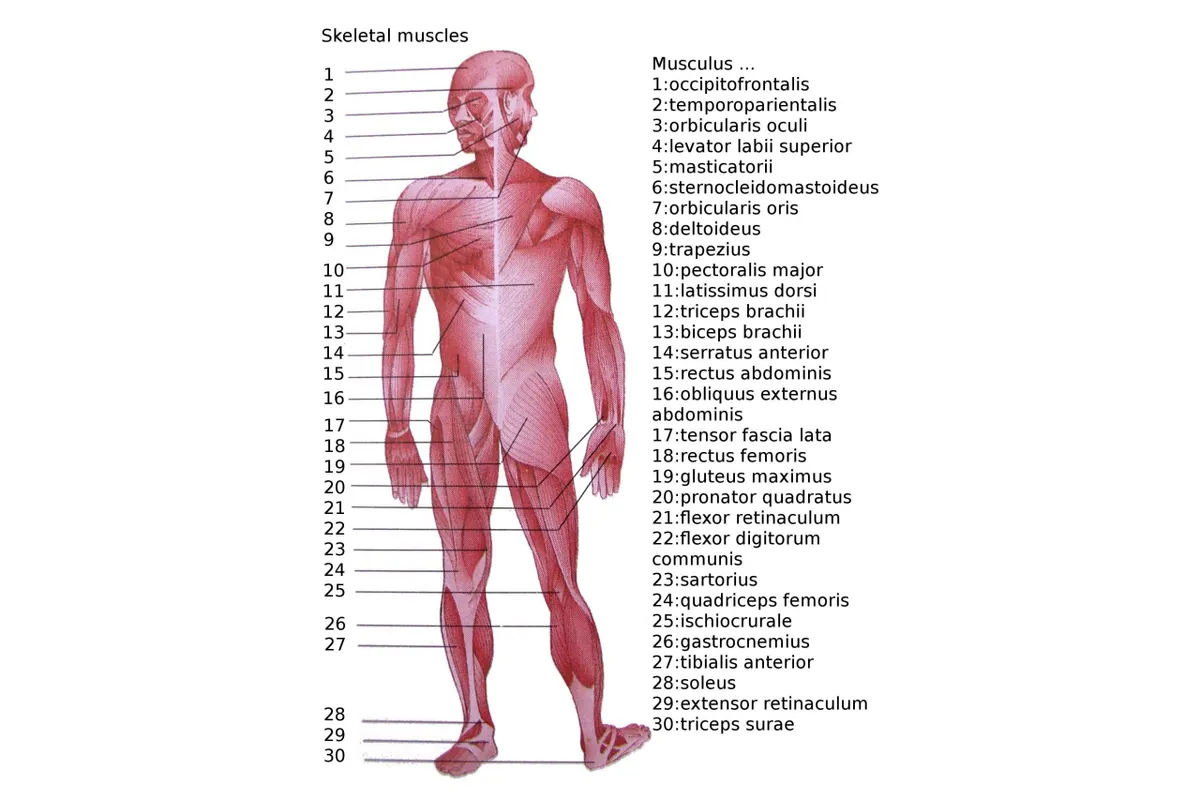Just got back from a run and wondering what muscles running works? As you'll have experienced first-hand, running works muscles all over your body. Here, we take a look at specifically which ones.
What muscles does running work?
When you run the main muscles that are working the most are found in and around your legs. These include your quads, hip flexors, hamstrings, glutes and calf muscles.
Running also works and tones your core muscles (these are basically the muscles of your torso, from the pelvis to the shoulder, and include the abdominal, lower back, buttock, pelvis and hip muscles), to keep your spine aligned as you run.
Running is an effective core workout thanks to the consistent spinal rotation that occurs when your arms and legs come forward with each stride. By running on uneven surfaces you can challenge them further.
Strong core muscles also increase stability and help you maintain good form throughout. It's therefore worth working on your core away from running as a strong core can help the main running muscles work at their optimum efficiency.
Running also requires you to swing your arms, which works and tones the biceps and triceps.
Endurance running helps aid the development and efficiency of slow twitch muscle fibres, so their aerobic capabilities improve and they become more resistant to fatigue.

